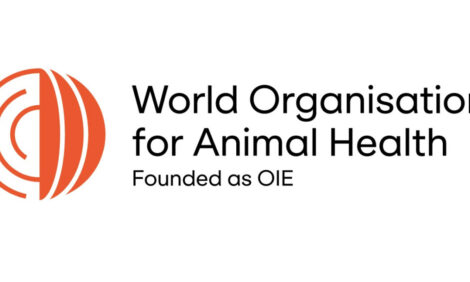



Study Shows No Advantage to Delaying Calf Implants at Feedlots
US - Two recent studies by Kansas State University scientists indicate that delaying administering growth-promoting implants to calves did not provide an advantage over implanting immediately upon arrival at a feedlot.
“There has been speculation in the beef industry that calves at high risk of developing respiratory disease would benefit if an implant was not given immediately upon arrival at the feedlot, but rather was delayed and given after a few weeks’ time,” said Chris Reinhardt, feedlot specialist with K-State Research and Extension.
“The idea was to allow high-risk calves to become better acclimated to the feedlot and the new environment in general, as well as to get over any respiratory disease challenges they had upon arrival. Until now, however, there has been no data to support or refute that theory.”
Reinhardt, teamed up with K-State veterinarian Dan Thomson, in two studies to test the theory. Thomson is director of K-State’s Beef Cattle Institute. The research was supported by a U.S. Department of Agriculture Animal Health Grant.
The first study followed 1,600 high-risk steers at a commercial Kansas feedlot. Half the steers were given the growth-promotant implant Revalor-XS immediately upon arrival, and the other half were implanted six weeks after arrival. The researchers monitored the steers’ health and growth rate from arrival through harvest.
“The results indicated that delaying the implants did not improve any health or performance outcomes over providing the implant upon arrival,” Reinhardt said. “Providing the implant on arrival actually led to a numerical improvement in carcass weight at slaughter.”
The second project, a small metabolism study, was conducted at the K-State research farms.
“We conducted the second study to look more deeply into the metabolic factors at play in calves undergoing nutritional stress in the presence or absence of an implant,” Reinhardt said. “We learned that there are certain factors that implants alter. But we also found that nutrient supply and presence of the implant did not interact.”
The results of the second study somewhat confirmed what the scientists found in the first study – that the disease process, and any potential nutrient stress brought on by disease – did not suppress the activity of the implant given upon feedlot arrival, he said.
Therefore high-risk calves can be implanted immediately upon feedlot arrival with no detrimental impact on health or performance (such as growth and weight gain) outcomes.
TheCattleSite News Desk


